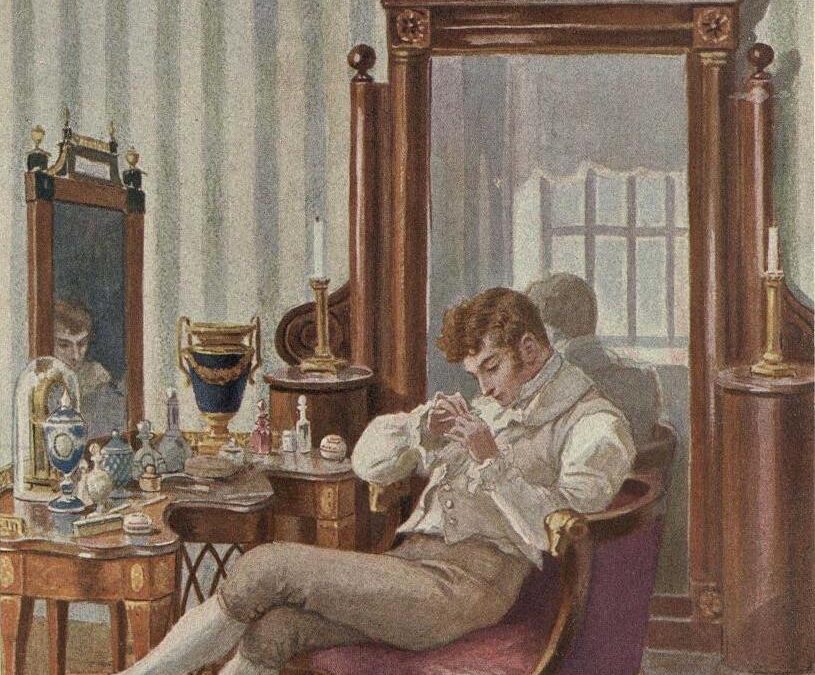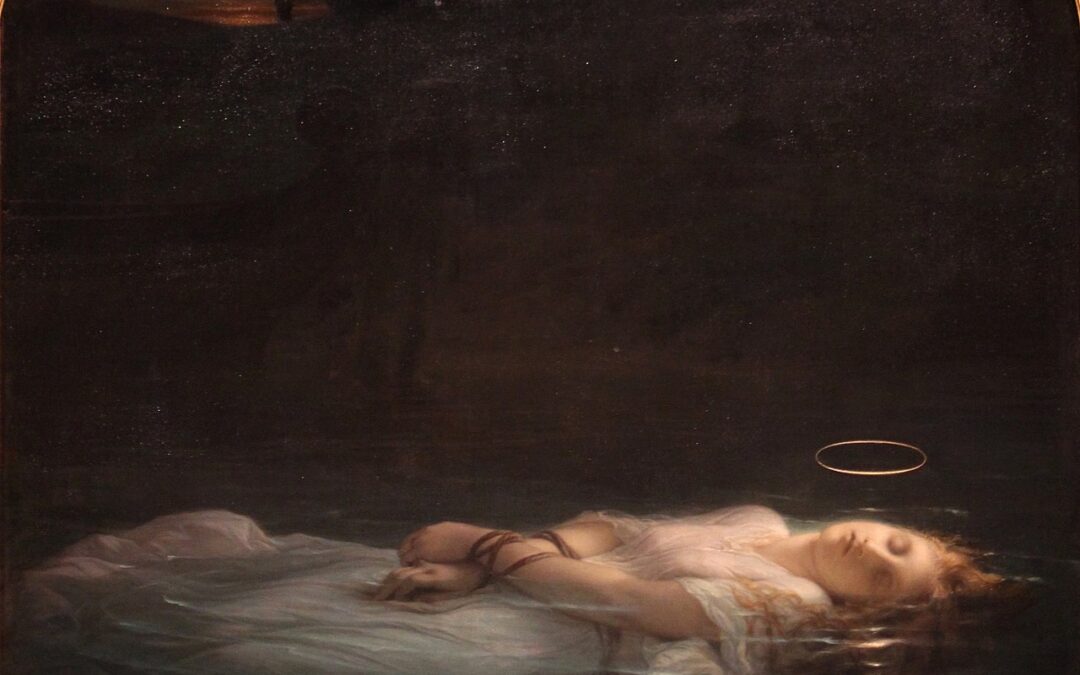
The Russian Sickness
The story of the eighteenth and nineteenth century Russian intelligentsia, of the nobleman returning to his motherland after years of European education, only to discover a feudal country to which Western ideas cannot be applied is too familiar to readers of Russian literature. This odd paradox—an educated aristocrat who one hand studies French enlightenment texts but on the other hand owns serfs and lives a medieval feudal life—is perhaps the central motif for what gradually becomes the agonizing preoccupation and national obsession of arguably every writer of this country: when can Russia create a new idea, a movement so thoroughly Russian and original at heart that would even influence Western art and literature? When will Russia look inward for ideas instead of trying to implement Western ideas in its culture?


